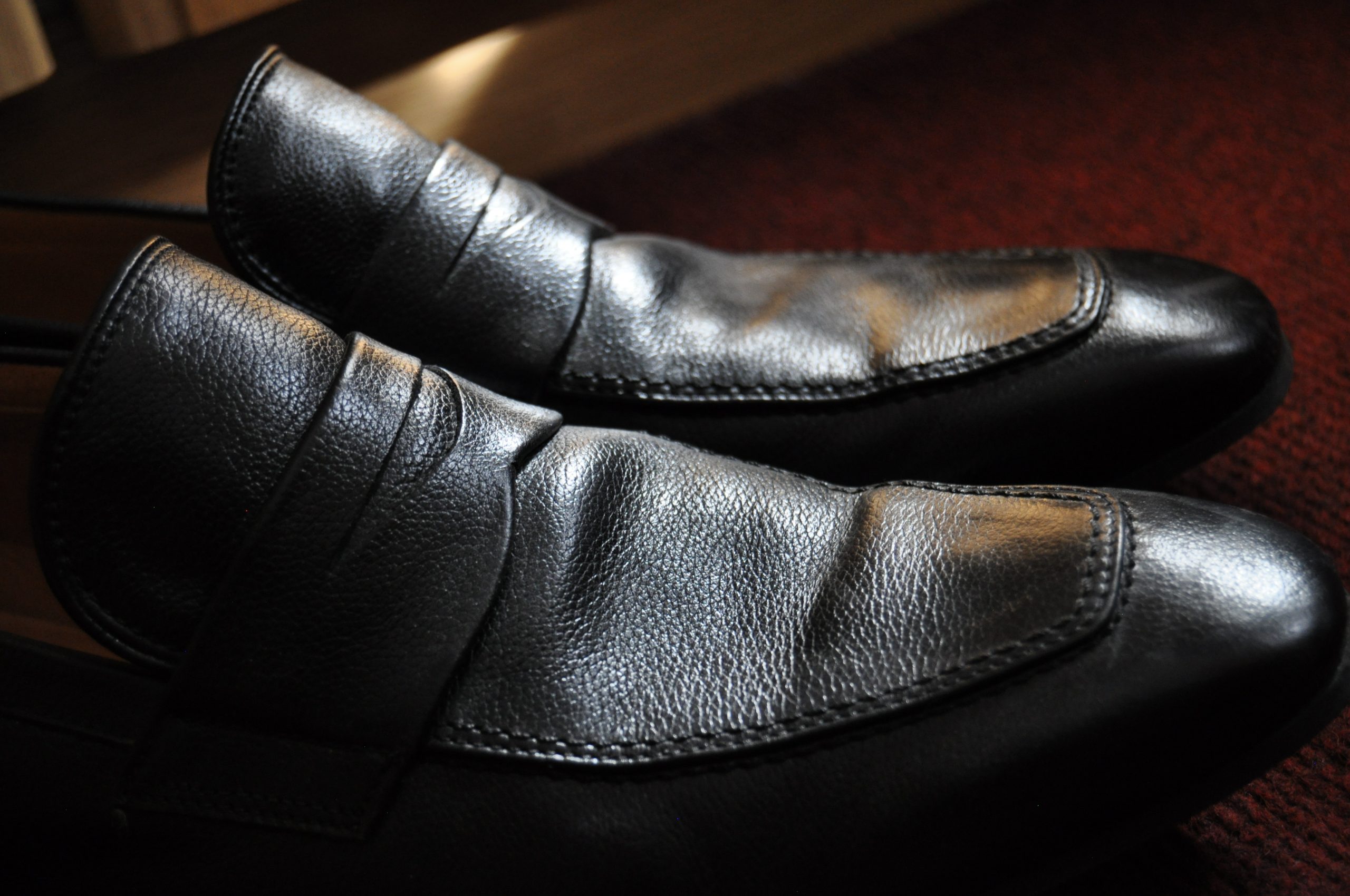Continued from part one
After the break-up of Wham!, George Michael initially went to the United States for some time: his solo career received its first boost from the hit I Knew You Were Waiting (For Me), which he recorded together with Aretha Franklin. Michael knew that he had to conquer the US music market with the goal of a successful solo career. He succeeded: his first solo album Faith was highly praised by the US music press. The singer himself later commented on his first solo album Faith that it was actually not that great an album: Michael even went so far as to say that his first solo album was overrated. Nevertheless, the success of his first album helped him to build a reputation as a pop singer, especially in the US. Those music enthusiasts who had become aware of the artist with the album Faith could look forward to a musical journey in the following years…
The British public initially found it difficult to perceive George Michael as a solo artist – in the United States this happened much more quickly.
The solo artist
In the late eighties, George Michael was busy promoting his new solo album and his solo career: in 1988, George Michael gave a total of almost 170 concerts worldwide, sold-out stadiums and arenas were the norm.
In Britain in the late eighties and early nineties, people still thought George Michael had to fit into the typical Wham! structure and take on the role of the carefree teenager singing about tropical islands and short-lived love affairs. The satirical and more profound songs that George Michael wrote even in his Wham! days were usually not the focus of public attention.
The British public initially found it difficult to perceive George Michael as a solo artist – in the United States this happened much more quickly.
With Praying For Time, released in 1990 on the album Listen Without Prejudice Vol. 1, George Michael landed another big hit in the USA.
With the album Listen Without Prejudice, George Michael was also well received in his native Britain: George Michael was in many ways different from his former band partner Andrew Ridgeley: Ridgeley also made an attempt to start a solo career, but lasting success as a solo artist was by no means as important to Ridgeley as it was to George Michael.
“Professional slavery”
In the early nineties, George Michael’s solo career was at an all-time high, but that didn’t mean the artist was living a carefree life: he saw himself trapped in a kind of “professional slavery” closely related to the contractual relationship with his record label. At that time, any artist with sGeorge Michael’s reputation was expected to promote his new albums and his whole personality immensely. If he did not, he not only failed to meet his contractual obligations, but he put the lasting success of his record sales at risk.
George Michael, however, was so fed up with promoting himself with every upcoming release where he did nothing but promote himself for several months and consequently had no time or energy to write music. He was convinced that his fans would buy his albums without much promotion.
In addition, he was still in a very questionable contractual relationship at the beginning of the nineties, dating back to his early days with Wham! when the still unknown Michael signed every contract because it was possibly his only chance. George Michael lost a high-profile case in the London High Court, but he still managed to get out of the contract, which he described as “professional slavery”.
Somebody To Love
At the Freddie Mercury Tribute Concert on 20 April 1992, George Michael delivered one of the best and, in his opinion, most important performances of his entire career. His unique performance of Somebody To Love seems all the more emotional in view of the fact that George Michael had just learned at the time that his partner was suffering from the same illness that had claimed Freddie Mercury’s life. George Michael is said to have never completely gotten over the death of his partner in 1993: According to Michael, he was plagued by writer’s block in the years that followed, and creative activities were out of the question. Only gradually did the singer find his way back to creative activity – he set himself the goal that his next album Older would be primarily about coming to terms with grief.
With Jesus To a Child, dedicated to his deceased partner, George Michael celebrated one of his biggest hits in 1996: Michael’s outer appearance had also changed a lot in the meantime. By now, the singer had said goodbye to the typical look of the eighties and presented himself with a short haircut and a chin beard.
At the end of the nineties, it was anything but usual for a pop star to interpret jazz standards.
More than just “sex and love“
“There comes a point where you have to write something which you haven’t written before, and which your interest in any particular topic or subject will inspire you, and that’s why, I suppose, eventually, most lyricists, do approach wider topics than sex and love, you know?” said George Michael later.
This is precisely what George Michael realised: in order to celebrate lasting success as a singer-songwriter and to remain in the collective memory, he had to write about more than “sex and love”.
His penultimate studio album Songs from the Last Century (1999) must be seen just in the context of this statement: On the album, George Michael interpreted jazz standards and classics of pop music. At the end of the nineties, it was anything but usual for a pop star to interpret jazz standards: With that album, it was clear that Michael had mastered his vocal art perfectly.
In 2004, George Michael released his last studio album of original material, Patience. In the following years, Michael concentrated mainly on live concerts and tours, including his 106-show 25 Live Tour in 2006/2007.
Legacy
George Michael set his sights on becoming a pop star early in life. Looking at his musical legacy, he achieved more than that – his activity as a singer-songwriter is not comparable to what other pop stars of his generation achieved – Michael understood early on that he needed a different image than the big pop stars of the time. Michael got around this problem by placing less emphasis on an image during his solo career and more on an artistic message and a rich legacy as a singer-songwriter that made him, in a sense, immortal. By deciding at a certain point not to over-promote his career and personality – as is still common among pop musicians today – he created a timeless aura that surrounds his work as a musician to this day. In particular, his interpretations of classic songs of 20th century pop music (released on his album Songs from The Last Century) show his cultivated and skilful approach to the genre of pop music, as no other artist of his generation demonstrated.
Main sources: Maßgebliche Quellen: Steele, Robert: Careless Whispers – The Life & Career of George Michael, 2017 Omnibus Press & the documentary “Freedom Uncut”.
Cover picture: © Simon von Ludwig

 Deutsch
Deutsch


